
As per the well-revered, ancient Ayurvedic sciences, Panchakarma is a detoxification program with long-lasting health benefits. It is one of the most common Ayurvedic practices and is commonly used to restore youth with the help of medicated oils and herbal concoctions. This method of using a medicinal oil massage has innumerable benefits and is one of the leading therapies in Ayurveda. Based on the high level of transformative detoxification the panchakarma therapy provides, it is used to cater to a range of bodily ailments.
According to Ayurvedic knowledge, every human being is manifested through the five basic elements—Ether, Air, Fire, Water and Earth. The effective functioning of the human body depends on the equilibrium created by three Doshas, or Tridoshas. These Doshas are determined by the composition of the five elements and are crucial to the study of Ayurveda as they govern the functioning of our bodies. Vata Dosha is a combination of ether and air, Pitta is a combination of fire and water, and Kapha is a combination of water and earth. All Ayurvedic practices are primarily directed at fixing Dosha-related disorders or ensuring the equilibrium of Doshas in the body.
Ayurveda and Allergies: Connection and Cure
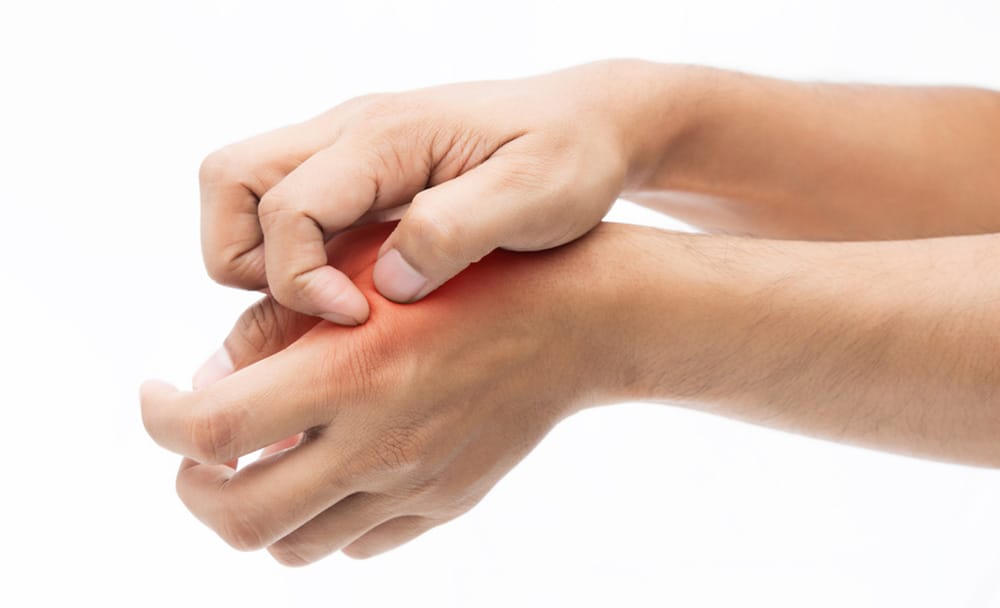
Allergy is a disorder of the immune system. According to Ayurveda, health and wellbeing can only occur when our body is able to absorb what supports and dispose of the rest. When food is not properly digested, toxins aggregate in our bodily tissues and cause imbalance. As per Ayurveda, individuals can have an allergic intolerance towards any medicine, food, weather, or any habits. Ayurveda believes that Asatmya (intolerance which causes allergies) is a result of weak or imbalanced Agni (digestive fire), and a weak Agni is indicative of Ama (toxin) formation in the body. Hence, Panchakarma therapy, which is a remedy for eliminating toxins from the body, can prove useful in the treatment of allergies.
In order to understand how panchakarma can help eliminate allergies, we need to understand how it works. Mainly used for the act of purgation or elimination of toxins from the body, panchakarma treatment involves five key elements. The word Panchakarma means “five actions,” and this Ayurvedic technique stands upon five distinctive pillars, namely Vamanam, Virechanam, Niruham, Anuvaasan, and Nasyam.
Vamanam: This is the process of eliminating excess mucus, which can otherwise cause congestion in the lungs, resulting in bronchitis, cold and cough. Vamanam or therapeutic vomiting or emesis also helps cure Kapha-related diseases. Once the toxic mucus is released, it relieves congestion and breathlessness as the sinuses become clear.
Virechanam (Purgation): When excess bile or pitta is accumulated in the gallbladder, liver and small intestine, it often leads to skin conditions such as rashes, skin inflammation, acne and even severe problems such as chronic attacks of fever, nausea and jaundice. Virechanam involves the elimination of toxic matter from the intestines by administering therapeutic laxatives. This is an effective cure for jaundice and haemorrhoids.
Vasti: This includes Niruham and Anuvaasan. Vata dosha is the main factor governing the motive force behind the elimination and retention of faeces, urine, bile and other excreta from the body. Niruham involves an enema for combating Vata-dominant diseases. This includes the introduction of a herbal concoction into the rectum, which helps in relieving constipation, kidney stones, backaches and other types of joint pain. Anuvaasan is an oil enema, mostly given to patients suffering from diabetes, anaemia and obesity.
Nasyam: This is the practice of nasal administration of medication to eliminate excess bodily toxins accumulated in the sinus, throat, nose or head. Prana or the life force enters the body through the breath that we take in through our nose. Nasyam is directed at prana disorders such as sinus congestion, migraine attacks, convulsions and several eyes and ear problems.
Rakta Moksha: This is a traditional Ayurvedic method for the detoxification and cleansing of the blood. Toxins in the gastrointestinal tract are absorbed into the blood and circulated throughout the body. This causes infection, hypertension, and skin disorders such as rashes, acne, scabies, herpes, eczema and chronic itching or hives. The Rakta Moksha treatment comprises a set of blood-purifying practices for eliminating toxins from the blood.
The Takeaway
Allergy can result from a Weak Agni (digestive fire), accumulation of toxins in the body, a weak immune system, imbalanced Dosha in the body, and the number of allergens in the body. The Panchakarma treatment is effective in balancing the Tridoshas and thereby relieving symptoms of allergy in the body.
The benefits of Panchakarma are many. These include purification of the body, getting rid of toxins, boosting metabolism, fostering weight loss, relaxing body and mind, eliminating allergies, restoring tissues of the body, boosting immunity and relieving stress. With stress, anxiety, sleep deprivation and a host of other disorders becoming a part of our modern lives, therapeutic practices like panchakarma treatment go a long way in restoring the health of the body and mind. Not only do they help cleanse the body, but they also balance the doshas and rejuvenate our body, mind and soul. The panchakarma therapy is one of the most eminent branches of Ayurvedic studies that aids in the effective elimination of toxins from the body using medicated oils.
This article is reviewed by Dr. Jyoti Lakhani

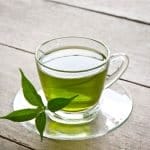
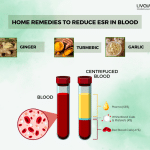
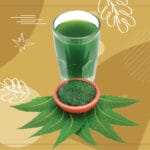

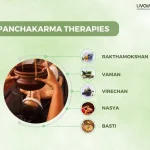
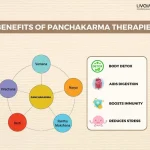

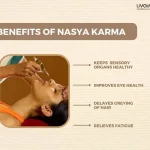





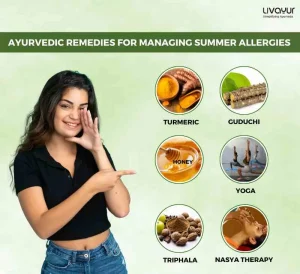
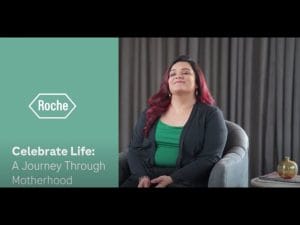
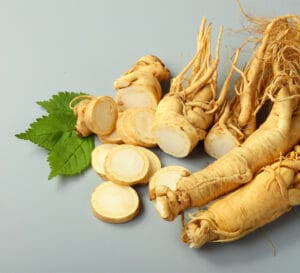

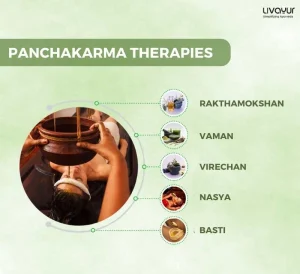







2 Comments